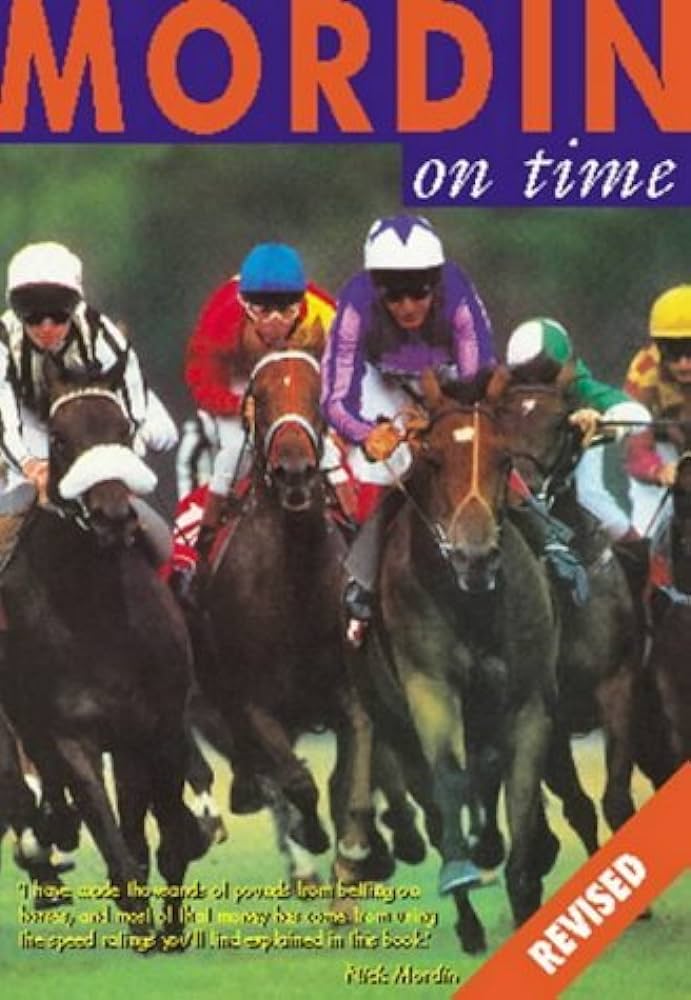It’s good to make plans to travel.
Living in England, you’d think I would be well travelled in the United Kingdom but sadly I haven’t ventured to Wales, Scotland or Ireland.
To be fair, I haven’t been to many racecourses but a trip to the Emerald Isle has been promised for far too long. In fact, I have plans to go to Killarney Racecourse which sits in the picturesque landscape of County Kerry.
It’s in the southern region and the province of Munster.
Horse racing is part of the Irish culture and the mountains of McGillycuddy’s Reeks have been whispering their name ever since I saw a photograph of the racecourse, nestled in the woodlands, a stones throw from Ross Castle and Loch Lien which is the largest of three lakes in Killarney.
Killarney Racecourse also known at ‘The Kingdom’ dates back to 1822. This left-handed oval course with a circuit of one mile two furlongs is one of the oldest racecourse in Ireland and hosts both National Hunt and Flat racing.
There are 13 meetings planned for 2024 from Sunday May 12th – Monday 7th October. Seven fixtures dedicated to the National Hunt including Ladies Day on Friday 19th July. Tickets for Lee Strand Best Dressed (a prize for best dressed man and woman) cost 25 Euros. This meeting starts at approximately 1:45pm.
In general, the cost of entry is 20 Euros.
Dining at Killarney Racecourse includes The Panoramic Restaurant with views of the Killarney National Park, Ross Castle, The Lakes of Killarney and McGillycuddy Reeks.
For a variety of hospitality packages contact the racecourse.
A sample menu includes:
Starters – Chicken Liver Pate, Fantail Of Galia Melon or Cream Of Leek & Potato Soup.
Main Course: Honey Roasted Loin Of Bacon, Fillet Of Hake, Oven Roasted Bell Peppers.
Dessert: Tiramisu, Chocolate Praline, Rhubarb & Strawberry Cheesecake.
In addition, there is a BBQ Package, Carvery and Refreshment Options.
Also, there’s the Jim Culloty Bar which offers live music and the best pint of Guinness you will ever drink.
For those who are interested in annual membership to the course it costs 180 Euros, while double membership costs 270 Euros. This includes:
-
2 Tickets for every Killarney race day (13 fixtures)
-
2 Complimentary tickets to selected race days at Mallow, Limerick and Punchestown
-
Entrance to bar/private members area at Killarney Racecourse
-
Horse racing enthusiast social meet and greet
-
Entry into several members draws
-
Entry into The Grand National draw
Annual membership to the Ross Golf Course (which is in the centre of the racecourse) costs 350 Euros for new members. This nine hole golf course was opened in 1995 and one of the most scenic in Ireland.
Travelling from London Stansted Airport to Kerry Airport takes approximately 1 hour and 30 minutes and a round trip with Ryanair and costs just £30 without luggage.
The splendid Lake Hotel on the shore of Loch Lein with mountain views cost from £101 – £180 per night.
You can get to the Killarney Racecourse in 15 minutes from Kerry Airport, while Shannon and Cork Airports are 90 minutes.
Sea Access to Killarney is via ferry from Rosslare, Dublin, Dun Laoghaire, Belfast and Larne.
A train and bus station are just half mile from Killarney Racecourse and 10 minutes walk from the town centre.
Why not add to the occasion travelling by horse and carriage (Jaunty car) to enjoy the fresh air and splendid views.
I can’t wait to get to Killarney and enjoy some of that famous Irish hospitality and more.
 I’m pretty sure Nick Mordin has always been a punctual kind of man.
I’m pretty sure Nick Mordin has always been a punctual kind of man.